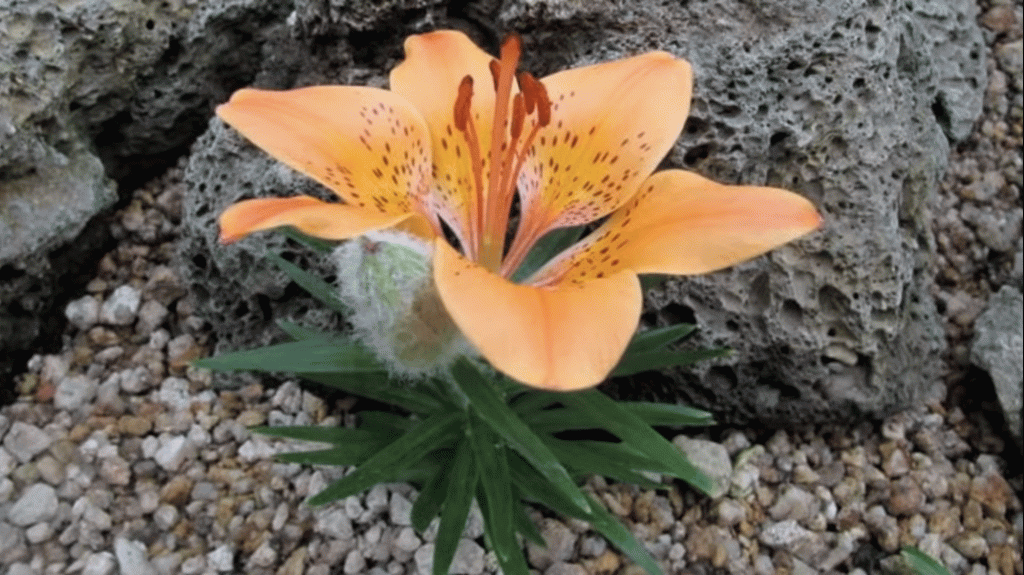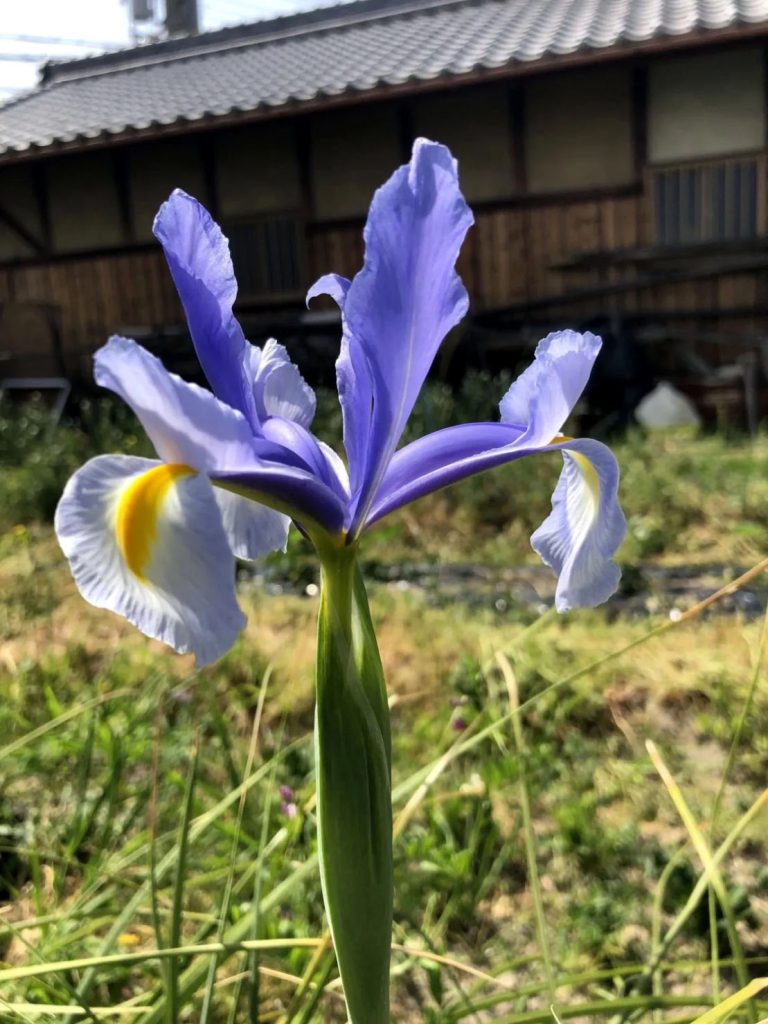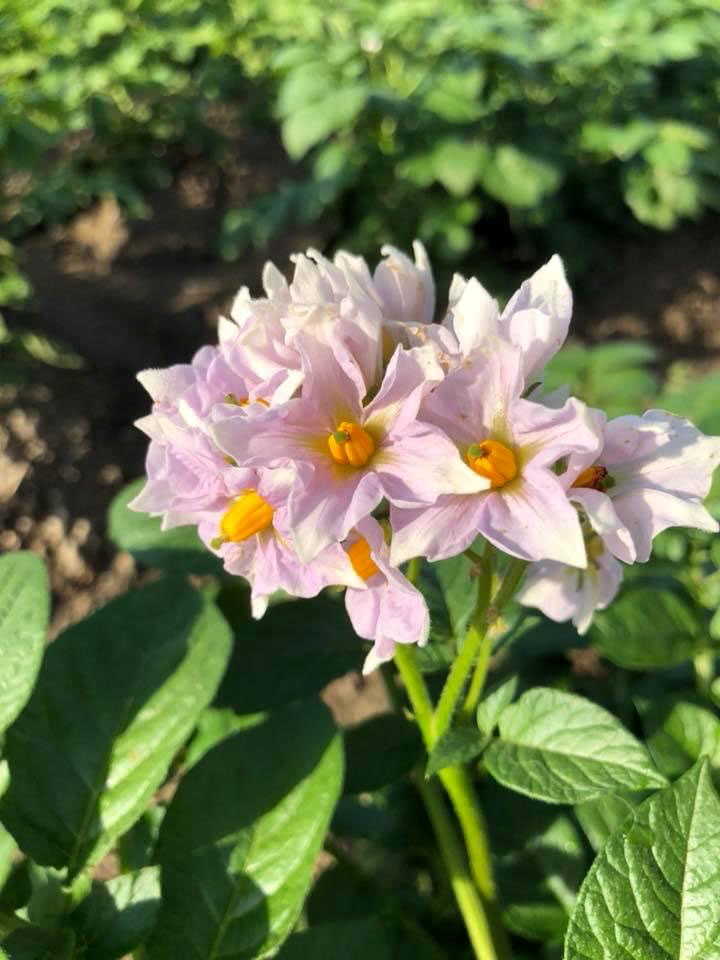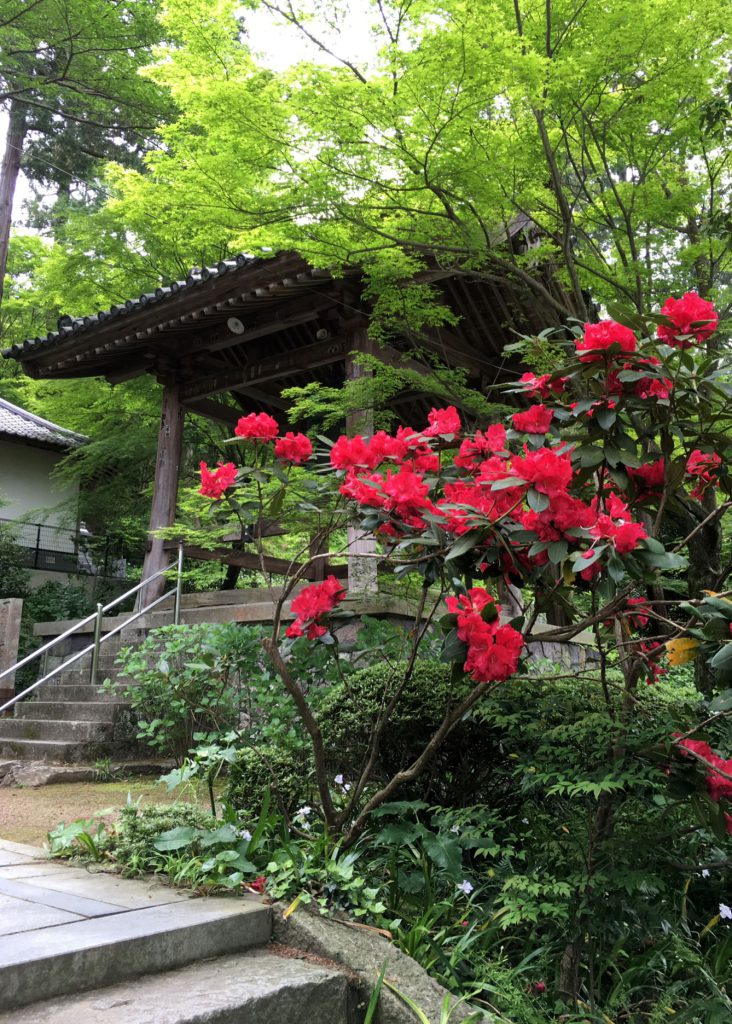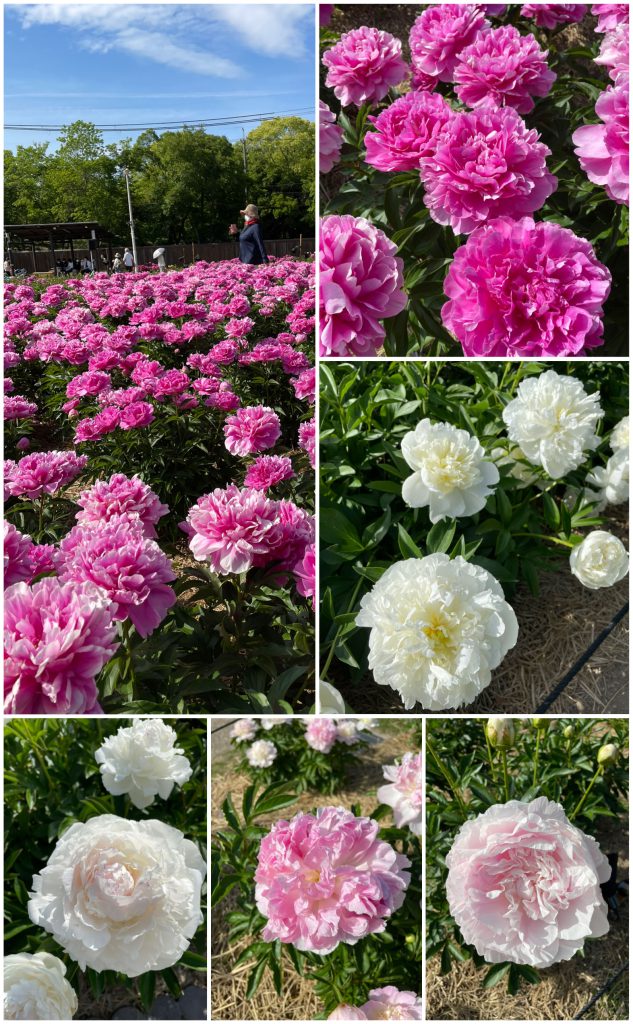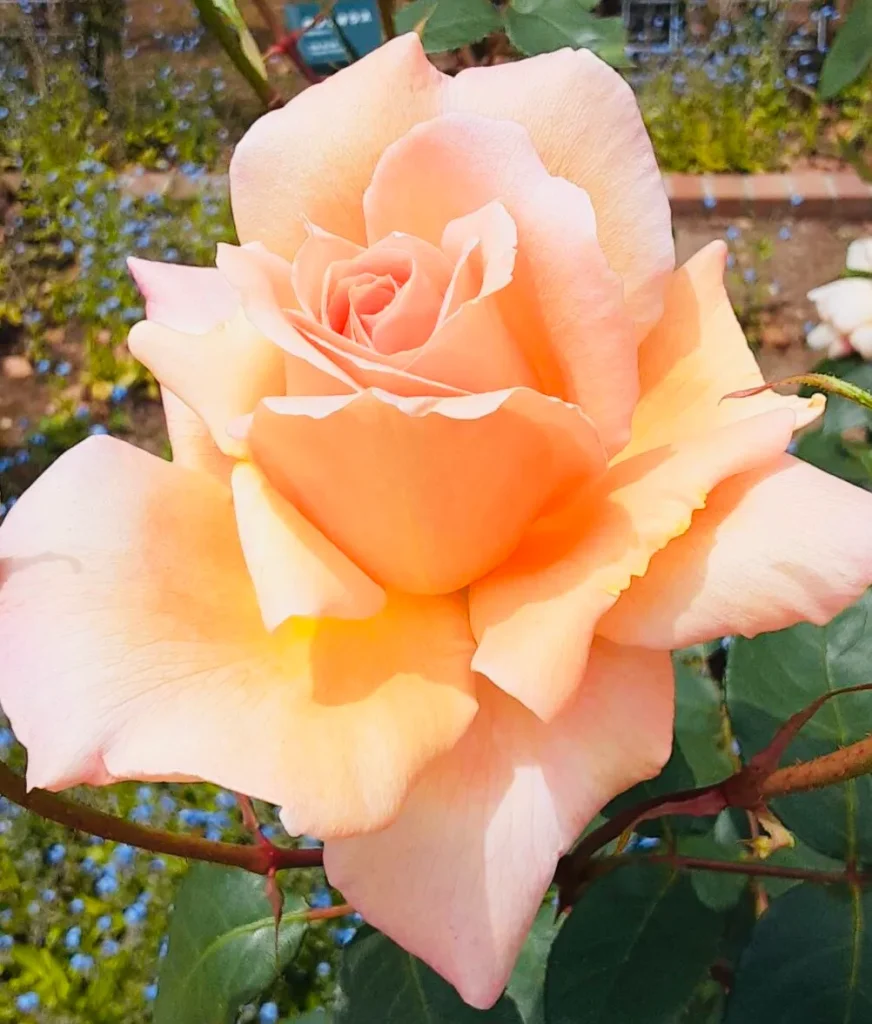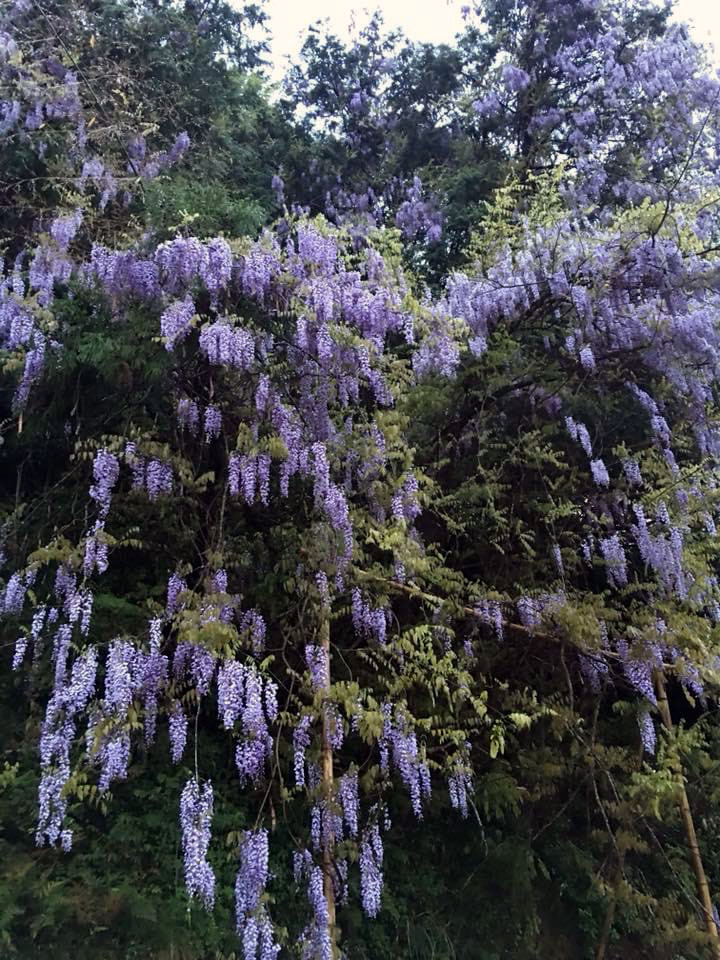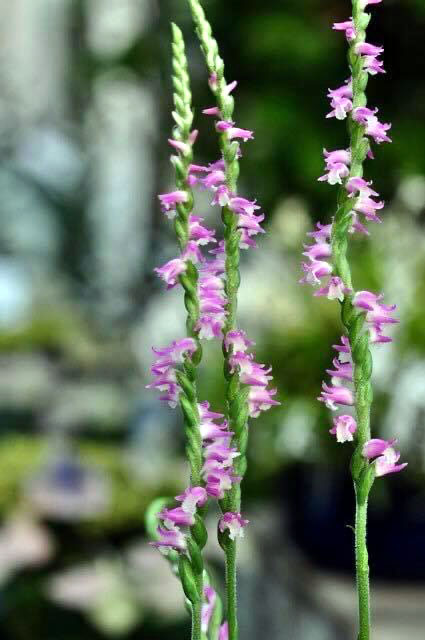
Nejibana (Spiranthes sinensis) was in bloom in the sun in the park. I still remember clearly the memories of my first encounter with Nejibana. At that time, I lived in Tomio, Nara City. And every morning, I was my daily routine to jog to a vacant lot about 1km away from my house where was planned to set up a new high school. I think it was just around this time, but Nejibana stood up and bloomed in the field where the morning dew remained. Nejibana, which blooms among all the weeds, was pretty and dignified. After that, I remember taking the children many times. I like flowers, but no other flower remembers my first meeting so clearly.
公園の日溜まりにネジバナが咲いていました。ネジバナと初めて出会った思い出は今でもはっきり覚えています。当時、奈良市の富雄に住んでいました。毎朝、家から1km程離れた空き地、高校が新設される予定地だったのですが、そこをジョギングするのが日課でした。ちょうど今頃だった様に思いますが、朝露の残る原っぱにネジバナがすっくと立って咲いていました。ひと気のない、雑草ばかりの中に咲くネジバナは、可憐でいて、まさしく凛とした姿でした。それからは何度も子ども達を連れて行ったことを思い出します。花好きな僕ですが、これほどはっきり、初対面のことを覚えている花はありません。

